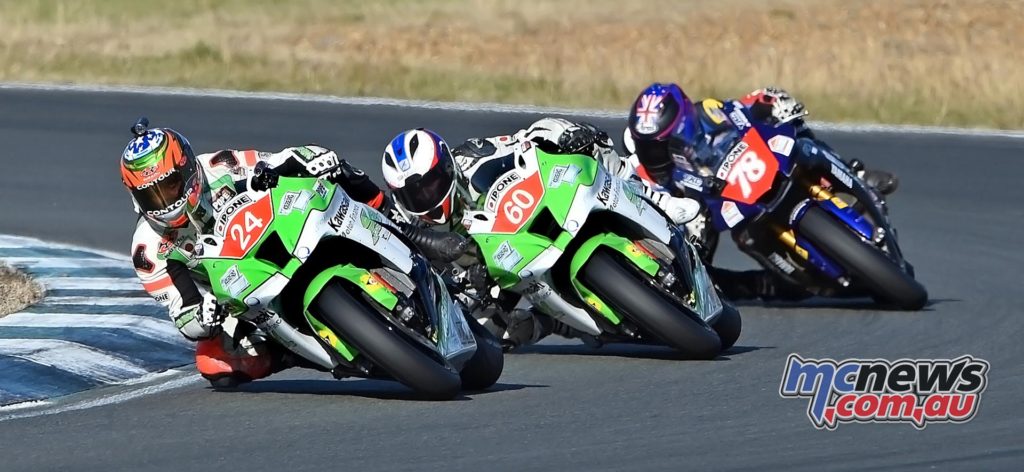Terry O’Neill Interview – Part Three
Swann Superbikes / Formula Xtreme head honcho Terry O’Neill chats with Trevor Hedge
Go back to Part One – Go Back to Part Two
Let’s talk 2017, your calendar, is there anything massively different? Are you fairly settled for dates and where you are going?
“I actually had our calendar sorted for 2017, but have now had to make a number of changes because once M.A. released its latest version for the ASBK recently, there was a number of changes to dates, which predictably caused clashes with our dates. It’s not in anyone’s interests to have clashes, so I’m working my way around sorting it at present, and will have it finalised soon.”
What more can you tell us more about the final round? Last year for that final round you had live TV, the teams thought it was fantastic. I thought that might push the capital through to you, for this season, but the factory teams still went back to ASBK. Will there be live TV this season at the final?
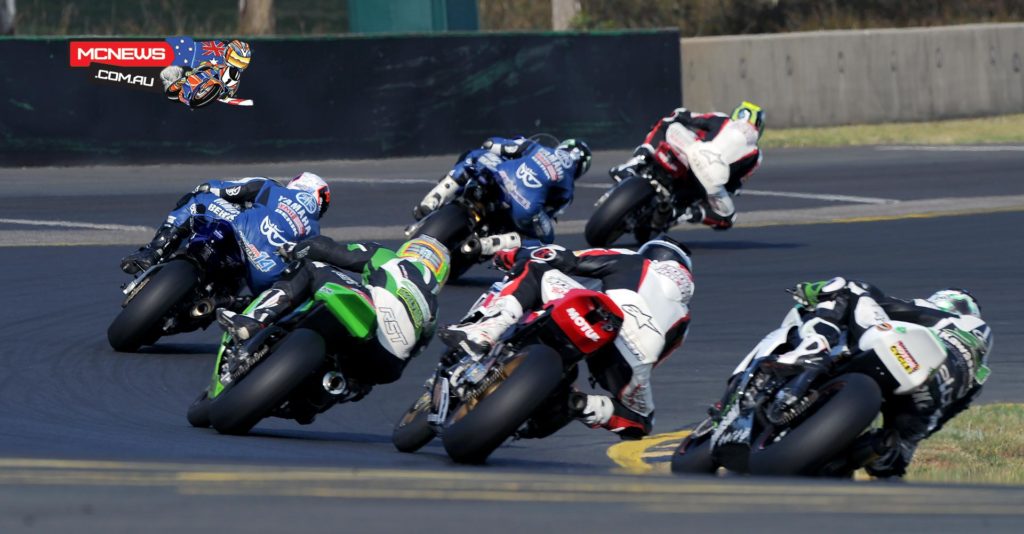
“Yes we had live TV at last year’s finale and you are correct, it was well received, and we are proud that we were able to provide live television to the sports stakeholders for the first time in over twenty years at a stand-alone motorcycle racing in this country.
“We are always trying to find better ways to promote the sport through our electronic media package, which in turn looks after our series stakeholders by providing them with the sports largest and most watched electronic coverage. As I said earlier, it is all about giving the competitors as much exposure as possible, so they can sell themselves to potential sponsors.
“The way of the future, even though we have been providing live streaming for over five years, is live streaming. Again, at the Swann Series finale we will provide this great live service for all of the racing and post-race interviews, as well as the usual post produced three by one-hour shows, televised nationally on both SBS Speedweek and Fox Sports.
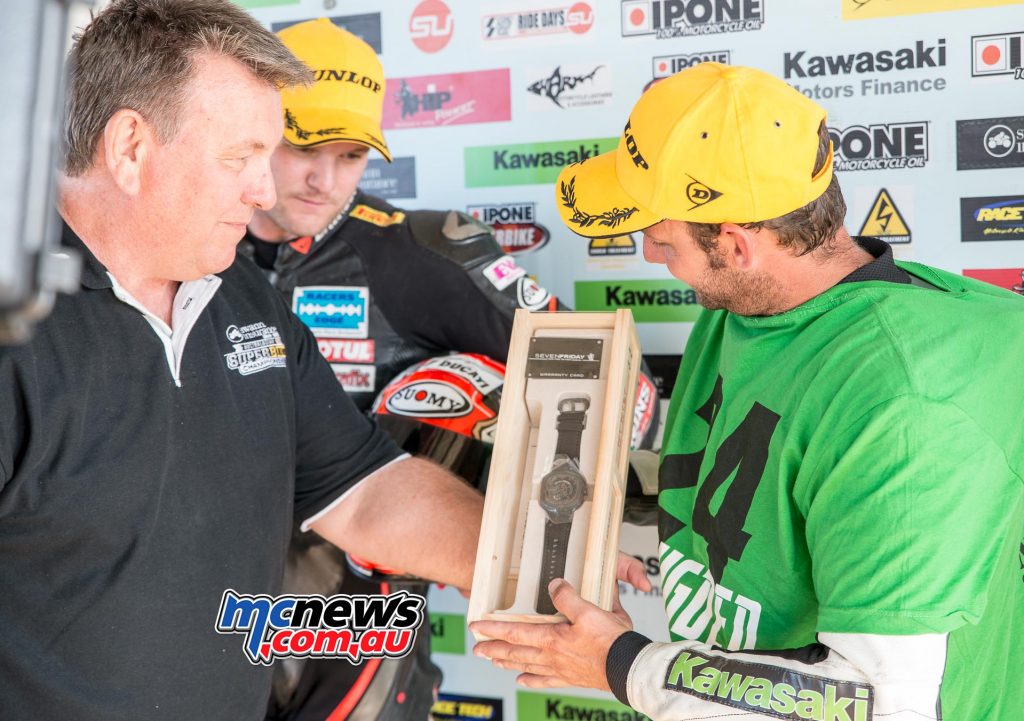
“Live streaming in a few years will have more viewers than TV does now, as technology improves, so we take the live streaming very seriously, and that is why we basically provide broadcast quality live streaming coverage at all of our events. That is also why it was so easy for us to provide live TV coverage at last years finale.
“Again, when it comes to providing media exposure for competitors and our series stakeholders, we do stuff that no one else here does. Our series is the only series that is shown on TV internationally. The Superbike and Supersport one hour shows from each round go to air in over thirty countries, throughout Europe, including the UK, then there is also USA, Canada, Brazil, and next year most of South East Asia. So if you’re a rider wanting to get noticed, and build a profile overseas, then the reality is that you can best do that by racing in our series, because if the results are there, then you will be seen on TV overseas.”
Back on that final television coverage. That’s delayed coverage. The only live coverage will be live streaming. All the titles will still be on the line, still up for grabs at that final round. So I guess the message just needs to get out there for people to come and check it out on December 16-17.
“Absolutely, if you are in NSW and your free on Saturday the 17th of December then come out to Sydney Motorsport Park Raceway in the afternoon, the main races all happen from 2pm to 8pm that evening so why not come and watch some top notch motorcycle racing action first hand.
“Regarding the AM-Sport 600 class, yes it will have its first outing at the series finale and so far we have over twenty entries, which given we only put out feelers out eight weeks ago, is pretty impressive. We always look for new options and try to adapt as quickly as we can to the circumstances.
“That’s the thing, these guys out here racing, pay to come and participate, they deserve to get as much track time as we can give them, and that is what we have always done and will continue to do. Plus for your average competitor it is so important to make sure that you run a race series that’s run as fairly and evenly as possible for all levels of riders, from the fastest A graders, to the competitor entering their first national open. We always aim to treat the competitors like appreciated customers and part of that is to provide them with classes to race in that are as level a playing field as possible, and just as important, make the race meetings fun. Sadly, that is something that is not focussed on very much by nearly anyone in power in this sport today, and I think it’s a big part of why the sport is going through hard times.
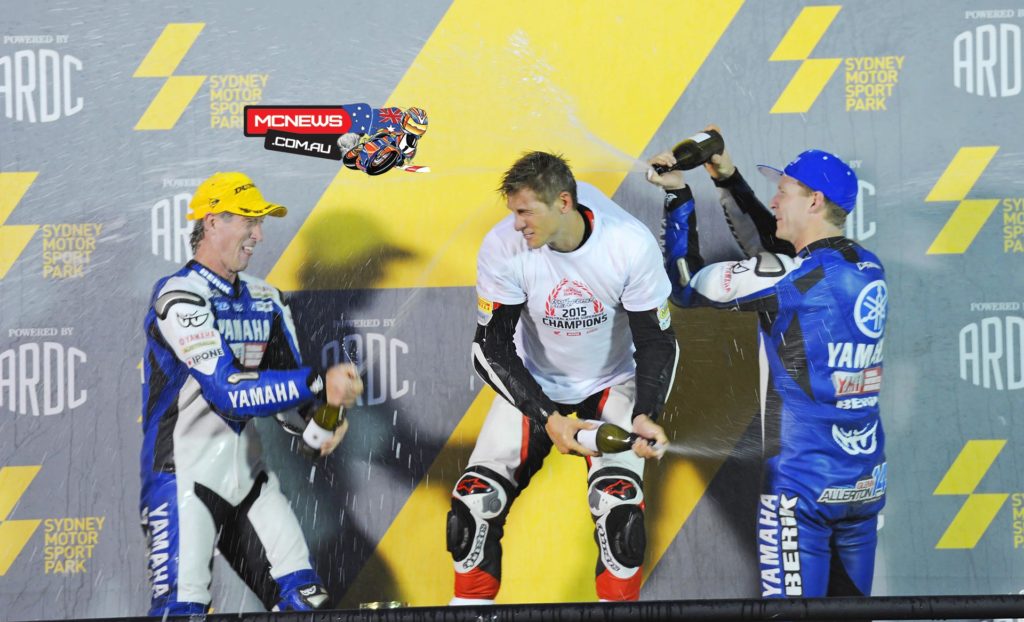
“Another important thing is keeping racing sustainable. For racing to have any chance of growing, it has to be affordable, and that’s one of the great thing about racing in our series, we have strict control tyre rules which limit the number and cost of tyres and to one compound and size of tyre. Not only does it cost a lot less to compete, it also means there is no advantage from different model and make tyres, or the chance of anyone getting trick limited edition tyres that the average punter has no chance of ever getting to race on.
“You do keep mentioning the factory teams, but on the flip side, if you are a privateer it’s awfully hard to try and beat a team with a budget ten to twenty times bigger than yours, especially if you’re a small Ma and Pa team and own a local bike shop, or work for wages. So to try and off-set that, I have always written the category rules to make it as level a playing field as possible, so everyone has a chance to do well based on their ability, rather than their bank balance.
“When it comes to technology it is always hard for most privateers when there is a generational leap forward in machinery, because it takes time to learn the set-up tricks with the new bikes, that is often when privateers fall further behind. As everyone knows there’s a change of generation in bikes at present, and the fact is even though there is that change, privateers in our series are doing quite well, in part that is because of the very strict control tyre rules competitors in Superbike and Supersport are regulated to compete on. How good is the racing? Watch the series TV coverage and you will see how good it is, the racing is fantastic and it is lifting the profile of the riders who race in the series.
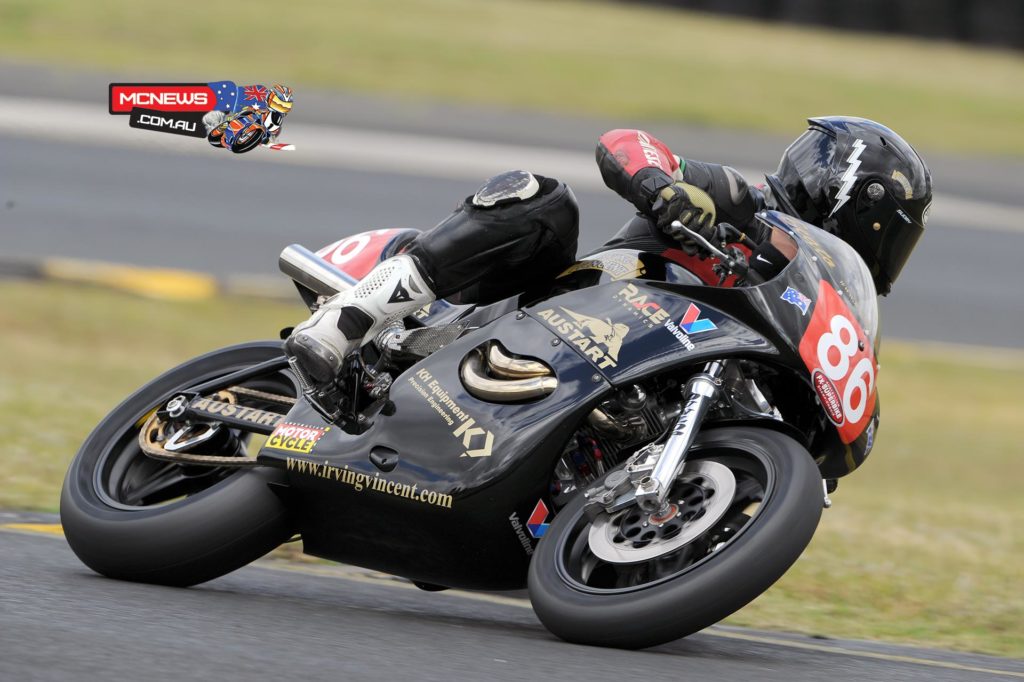
“How important is good electronic media coverage for the sport and the competitors? In general everyone does their best to raise the profile of the sport but 99.9 per cent of the general public don’t know who a Wayne Maxwell or a Mike Jones is compared to any D grader. But that is where having the sports highest profile and most watched TV coverage comes into its own for the competitors who race in our series, what the average punter who watches Speedweek or Fox Sports gets to see when they watch the Swann series coverage is fantastic, home grown motorcycle racing, and they don’t care if the racers are team members or privateers because they don’t know the difference. They just get to learn about the riders who they get to watch on a regular basis, and that is a good thing for the competitors who race in the Swann Series.”
You did mention that Amsport 600 again, that will debut at the final round this weekend (December 16-17), just extrapolate on that a little further for us, exactly what that class will be about. Perhaps a little more detail.
“The vast majority of competitors who race in this country are basically state and club level racers, whether they race 600’s or 1000’s. Those are the people you need to make national racing attractive to again, or they will never step up. The AM-Sport 600 class is aimed at those club focussed competitors, the guys and girls who, more often than not, have older 600s or 1000’s, which quite often have had a lot of updates that don’t fit in with any current Supersport or Superbike rules. This is what AM-Sport, and our soon to be announced updated two tier Superbike rules, that will cater for the last generation of Superbikes, which are now to far behind the current crop, will do.”
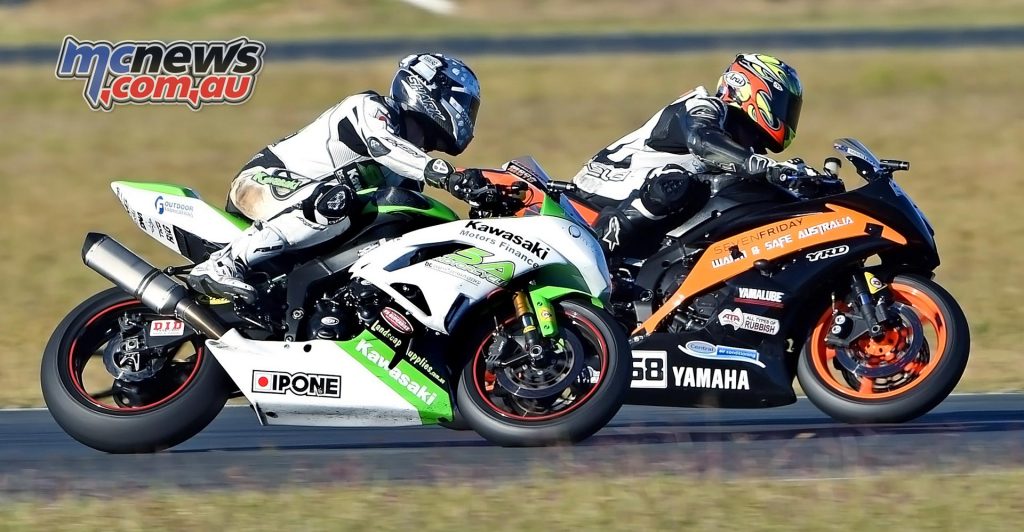
How many years back in production are you looking at for these Amsport 600cc bikes.
“Right now, for the first round, it’s more a case of making it attractive for the club racing focussed 600 cc competitors. The basic rules are available to the riders we have wanted to attract, and we have, but it won’t be until after the series finale, when we get a chance to see what works, and what doesn’t, that the rules will be finalised for 2017.
“Yes, the final rules will be reasonably open, and the class is restricted to club focussed riders, not national level A graders. When it comes to tyres in the AM-Sport 600s, they’ll be limited to two sets of tyres but not control tyres. Again, I just want to get the class running and see how we can then refine it for next year, and get this year’s series finale done and dusted so we can focus on moving forward and getting everything locked away for 2017.”
Good luck!


